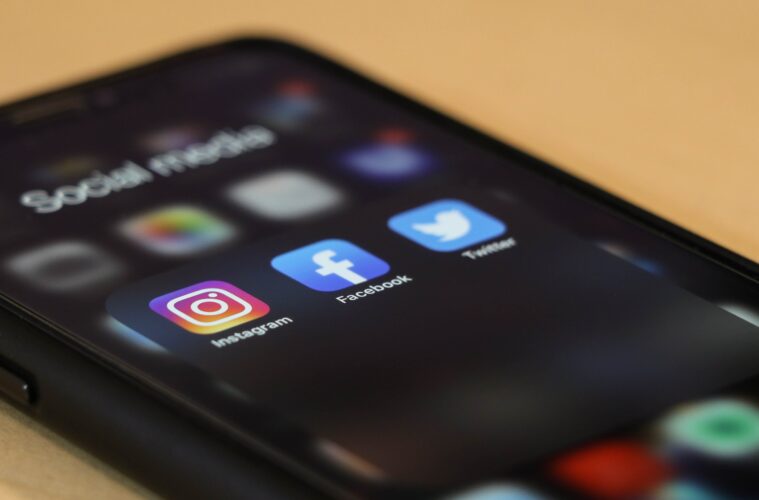Social network sites like Facebook, Instagram, and Twitter are amazing for staying in touch with friends and loved ones, but cybercriminals are on them too. Here are some tips on how to stay safe.
Adjust Privacy Settings
Your email address and phone number should be private. Check the settings in your social accounts to make sure this is the case. Consider the following network-specific suggestions:
You can stop people from searching using your number and email by unchecking the “Discoverability” boxes in Twitter’s security and safety settings.
Twitter also has a box labeled “protect your tweets,” which you can check if you’re only using the medium for private and not business communications. When you check this box, only your followers will see your tweets.
Set your Instagram account to private if you are going to share personal images for non-promotional purposes.
Finally, make your Facebook posts visible to friends only by adjusting the privacy settings. You can also choose to make them visible to friends of friends. Many use Facebook to search for people, and they will have access to everything you ever posted if your profile is public.
Don’t Share Personal Details
If you are traveling for a long period of time, don’t share, as thieves might target your vacant home. If your images or posts are tagged with your location, you’ll disclose this information unintentionally. To disable location tagging for Instagram and Facebook, disable location services in your phone settings. In Twitter, go to your “Privacy and safety” settings and uncheck the “Tweet with location” box.
Stop Unauthorized Logins via Text Messages
Consider providing your phone number to any social media you use. Require the platform to use text messaging when you log in on a new device. This measure serves to confirm your identity. This verification process can keep your accounts safe even if someone steals your login data.
You can adjust different security settings on Facebook, like receiving notifications of unrecognized logins.
Report Suspicious Friend Requests
If you receive a friend or connection request from a friend or acquaintance who you thought was already a connection, don’t be quick to accept the invite. Double-check your list of connections first. This person’s account might have been hacked if they are already on your list.
Scammers use fake accounts that replicate those of real users to accumulate “friends” and rely on these people to grow their fake networks. They can use your friend’s real photos for the fake account to lend it credibility.
On Facebook, scam accounts are reported automatically. The friend who’s fallen victim to an imposter will be notified that they’re being impersonated. Neither Twitter nor Instagram has an automatic reporting provision. Victims have to report phony accounts themselves, so if you see someone being impersonated, message them to let them know.
Avoid Games and Tests That Require Access to Profile Details
Fun tests and games that promise to test your loyalty, find your soulmate, etc., are often just information-siphoning setups. They trick people into providing their profile info and friends, although they assure you they will only post for you with your permission. This info can be used to generate lists for spammers.
Don’t Log in With Social Credentials
You know that some websites make it possible to sign up using Google, Facebook, or Twitter credentials instead of creating new login info. Don’t be tempted to take this shortcut – you’ll be giving the site more info than it needs.
If your social media are hacked, the hacker will get access to these third-party sites as well. On Facebook, you can see any sites you’ve enabled access to by clicking “Apps” in your settings.
You can change a setting to disable integrations with all third-party apps and sites or disable integration apps one by one.
Be Careful With Your Passwords
Never save passwords in your web browser. If your computer or phone is stolen, the thief can use stored passwords to give access to your email, social media, and shopping sites. All of these probably contain a lot of information that an identity thief could take advantage of. Password protection of your device is another alternative.
If you find that your personal data somehow ended up on the dark web or there’s a risk you were the victim of a data breach, change your social media passwords immediately. Use different ones for each network, and make sure they’re strong.
Finally, think about getting an identity-theft protection product to notify you of possible abuse if you feel your personal info could have been compromised.
Published by HOLR Magazine.




